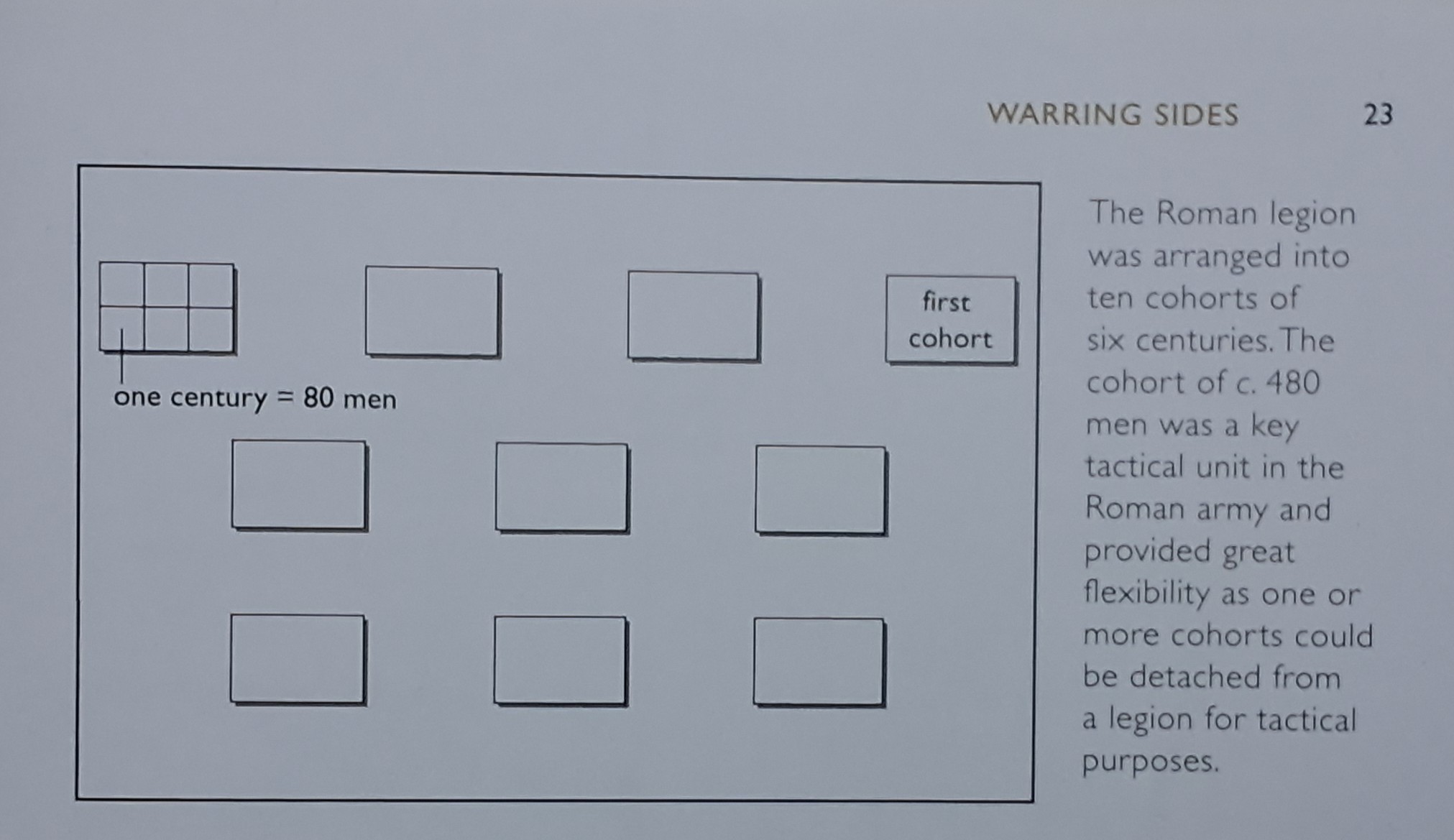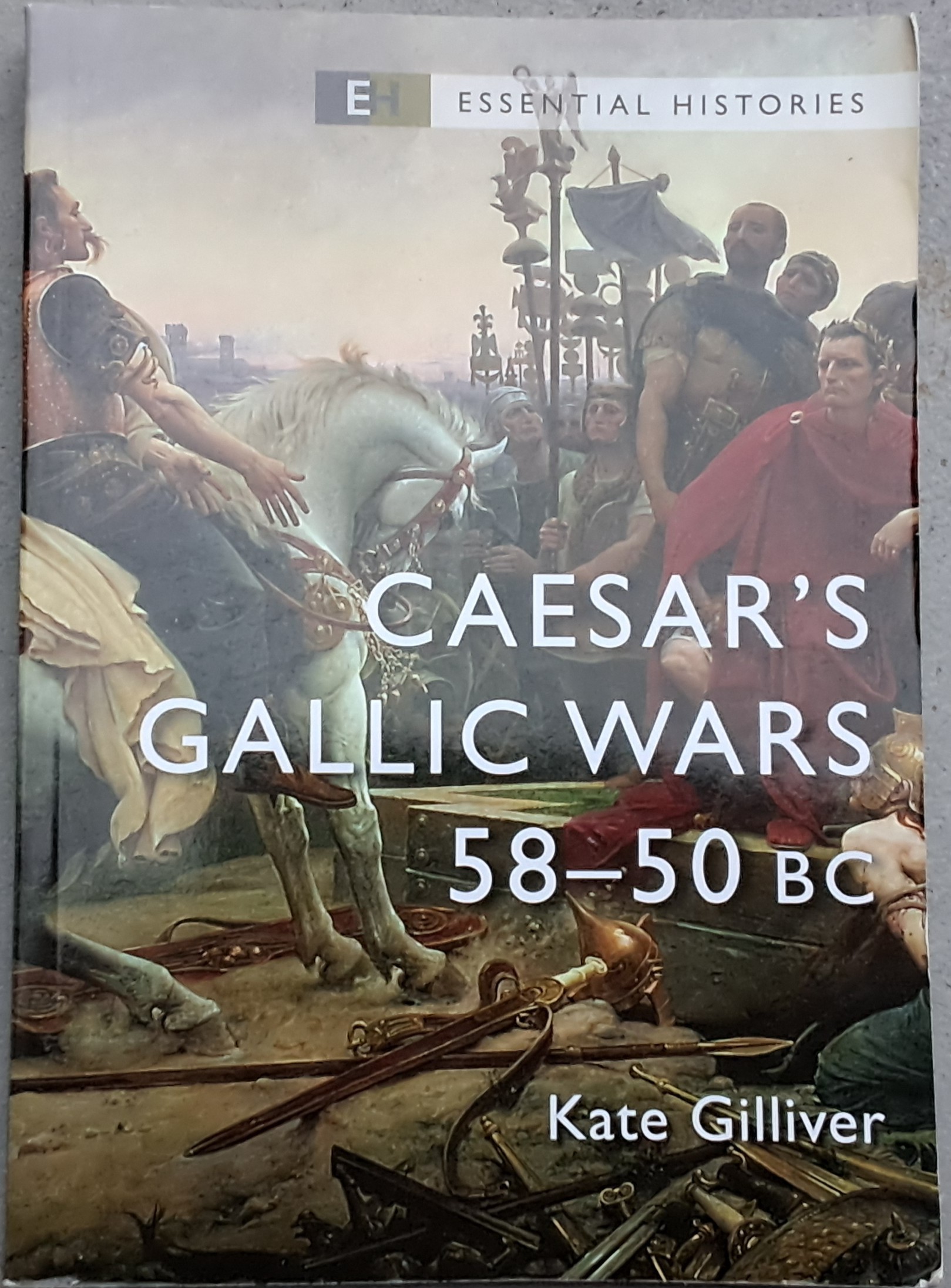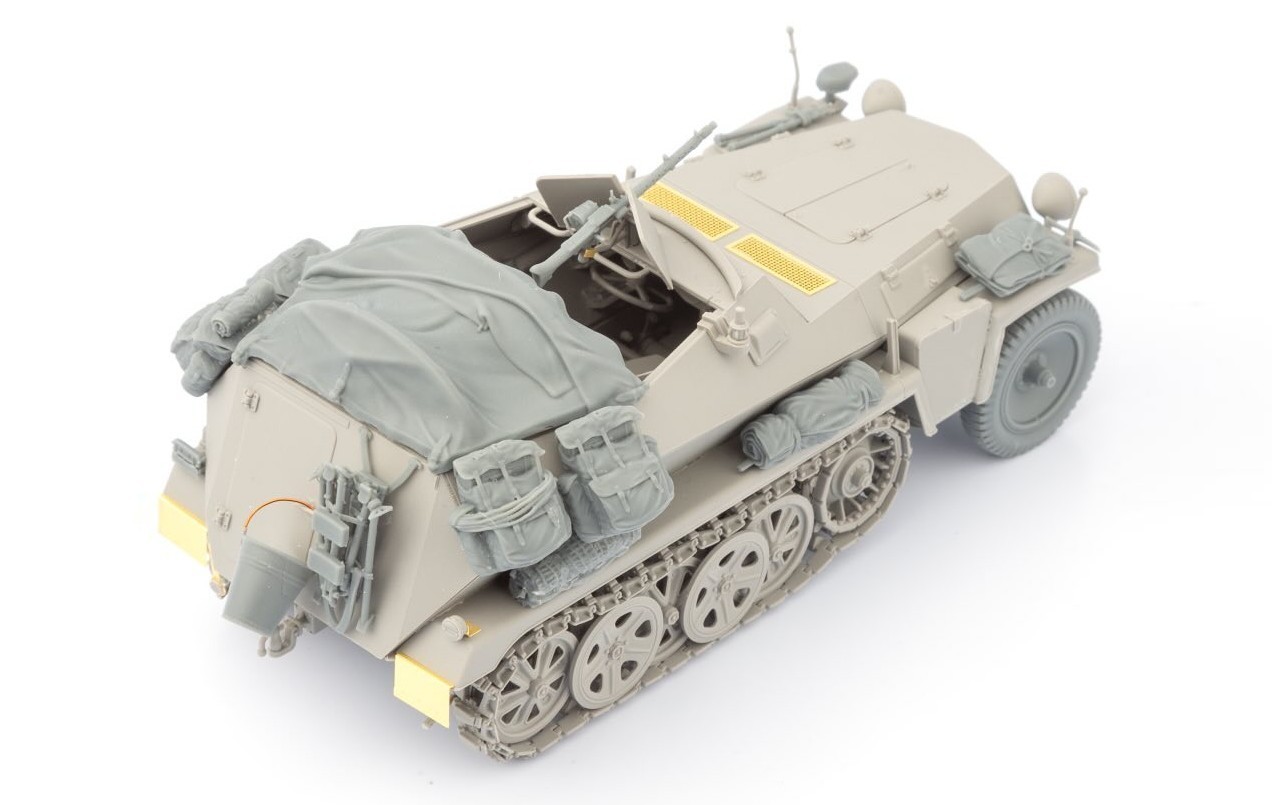Julius Caesar was one of the most ambitious and successful politicians of the late Roman Republic and his short but bloody conquest of the Celtic tribes led to the establishment of the Roman province of Gaul (modern France). Caesar's commentaries on his Gallic Wars provide us with the most detailed surviving eye-witness account of a campaign from antiquity. In this book, respected Roman military historian Kate Gilliver makes use of this account and other surviving evidence to consider the importance of the Gallic Wars in the context of the collapse of the Roman Republic and its slide toward civil war.
Updated and revised for the new edition, with full-colour maps and new images throughout, this accessible introduction provides an important reference resource for the academic or student reader as well as those with a general interest in the ancient world.
Table of Contents
Introduction
Background to War
Warring Sides
Outbreak
The Fighting
The World Around War
How the War Ended
Conclusion and Consequences
Chronology
Further Reading
Index
Review
OK, first up, at 144 pages, it is a push to state this is a detailed overview of Caesar's Gallic wars, when that 144 pages includes photographs, too. It is a very well written, easy to read, and informative overview of Caesar's Gallic wars, taking into account the politics and machinations of Roman society of the day.
I read this cover to cover in a day over a couple of coffees, it is an easy read, with a global overview that keeps to the title nicely.
There is some discussion around warring for the benefit of Rome, and then for the benefit of Caesar himself, as it served a larger political purpose. A winner on the battlefield is often a winner in the senate, too.
The book includes a brief analysis of the tactics and formations of the various contenders, where the rigid discipline of the Romans with their superior technology and training beat the opposition. Most days. Again, the "bloody conquest of the Celtic tribes" wasn't all a one way street, and frequently 'peace' was more a pause in the war and the absence of battles, than all people living in harmony under Rome.
Rome also won battles by paying off the aggressor when necessary, which accounts for the fluid way in which tribes would switch sides, joining the Roman ranks to fight former allies or neighbors.
Easily recommended as a good, concise summary of Julius Caesar's Gallic war 58-50BC that would serve as an introduction to further study on the subject. I am glad to of read it.
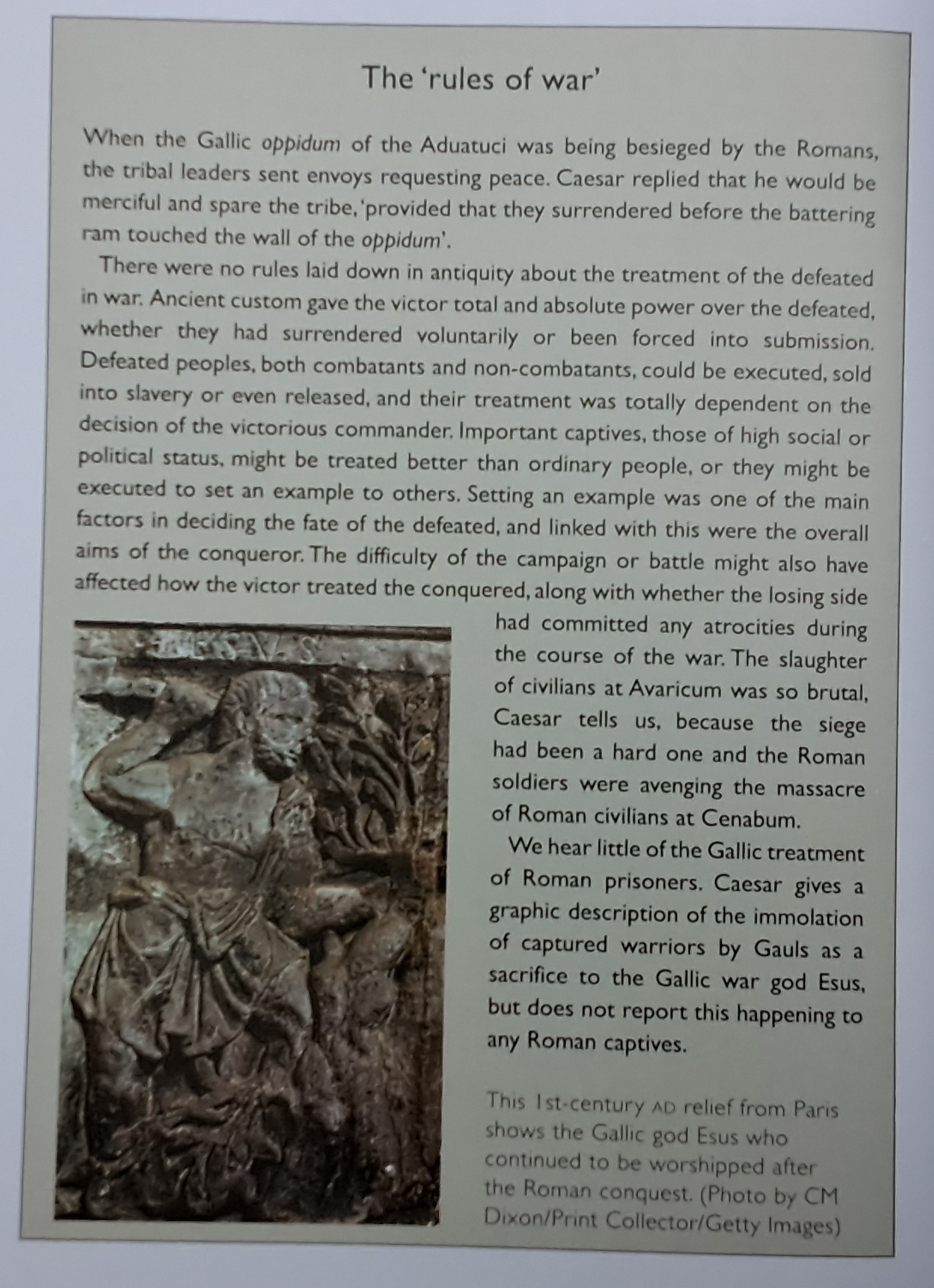
Speaks for itself
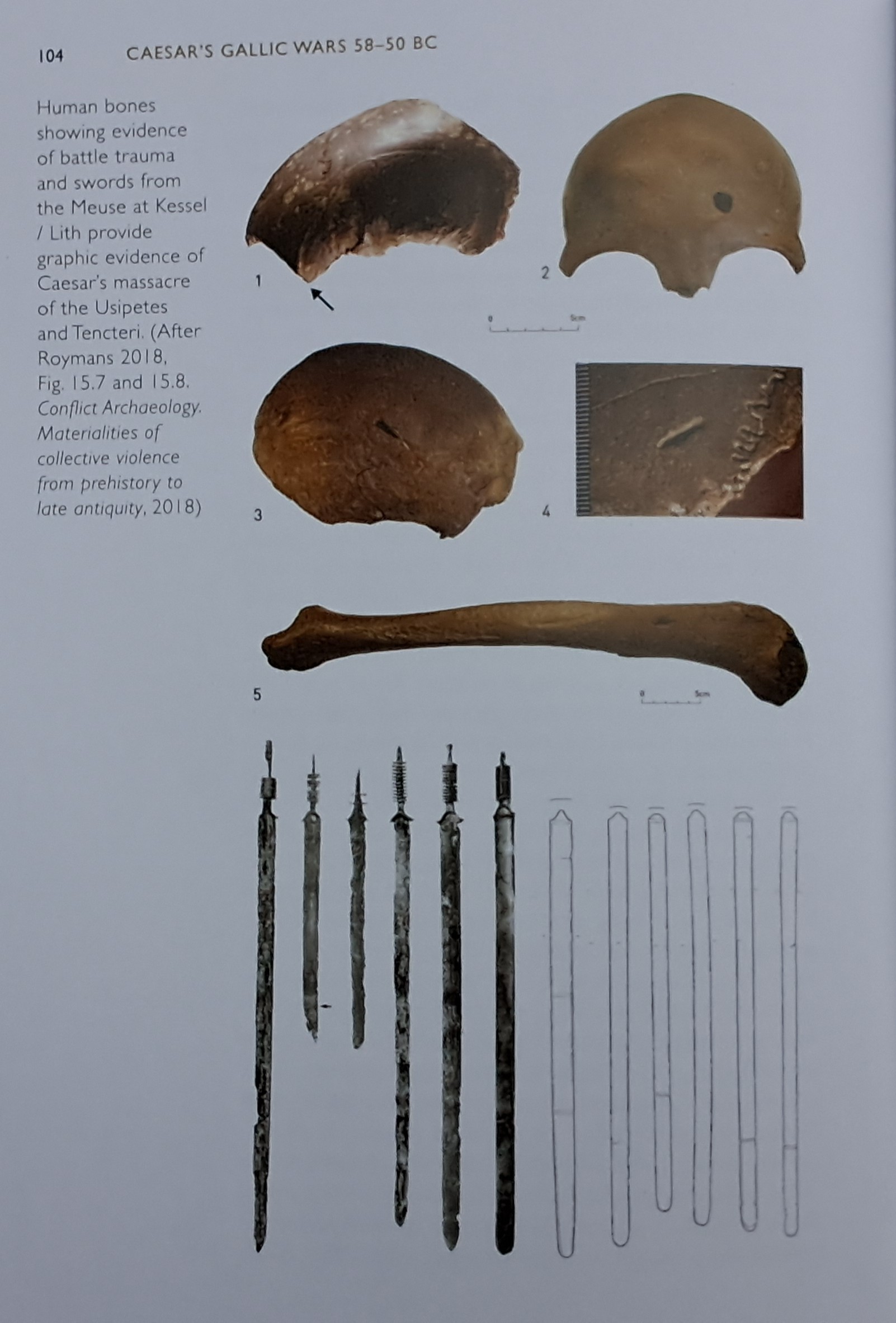
When in Rome, it is worth a visit.
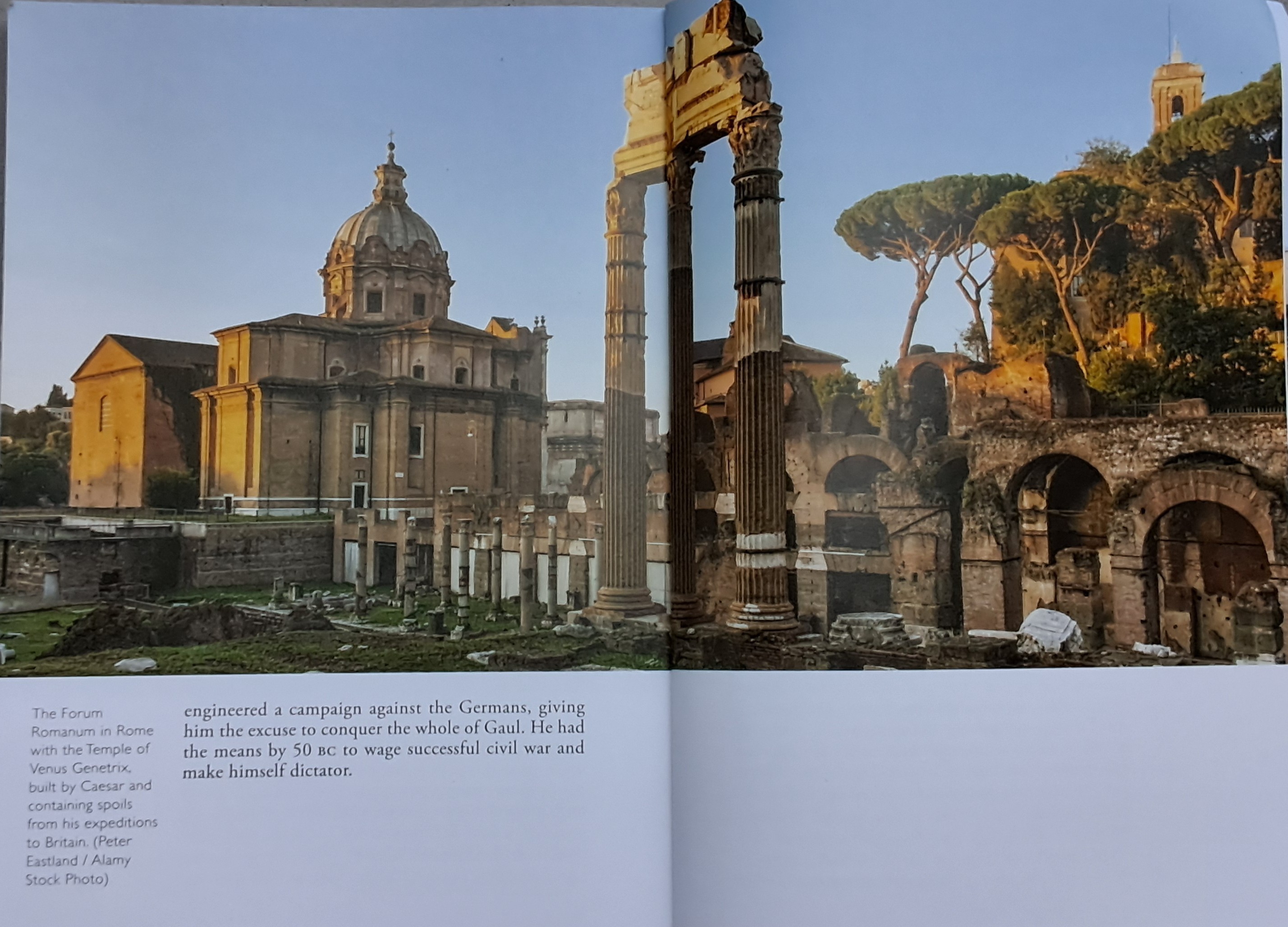
Figurine showing chainmail armor, shield, and gladius short sword
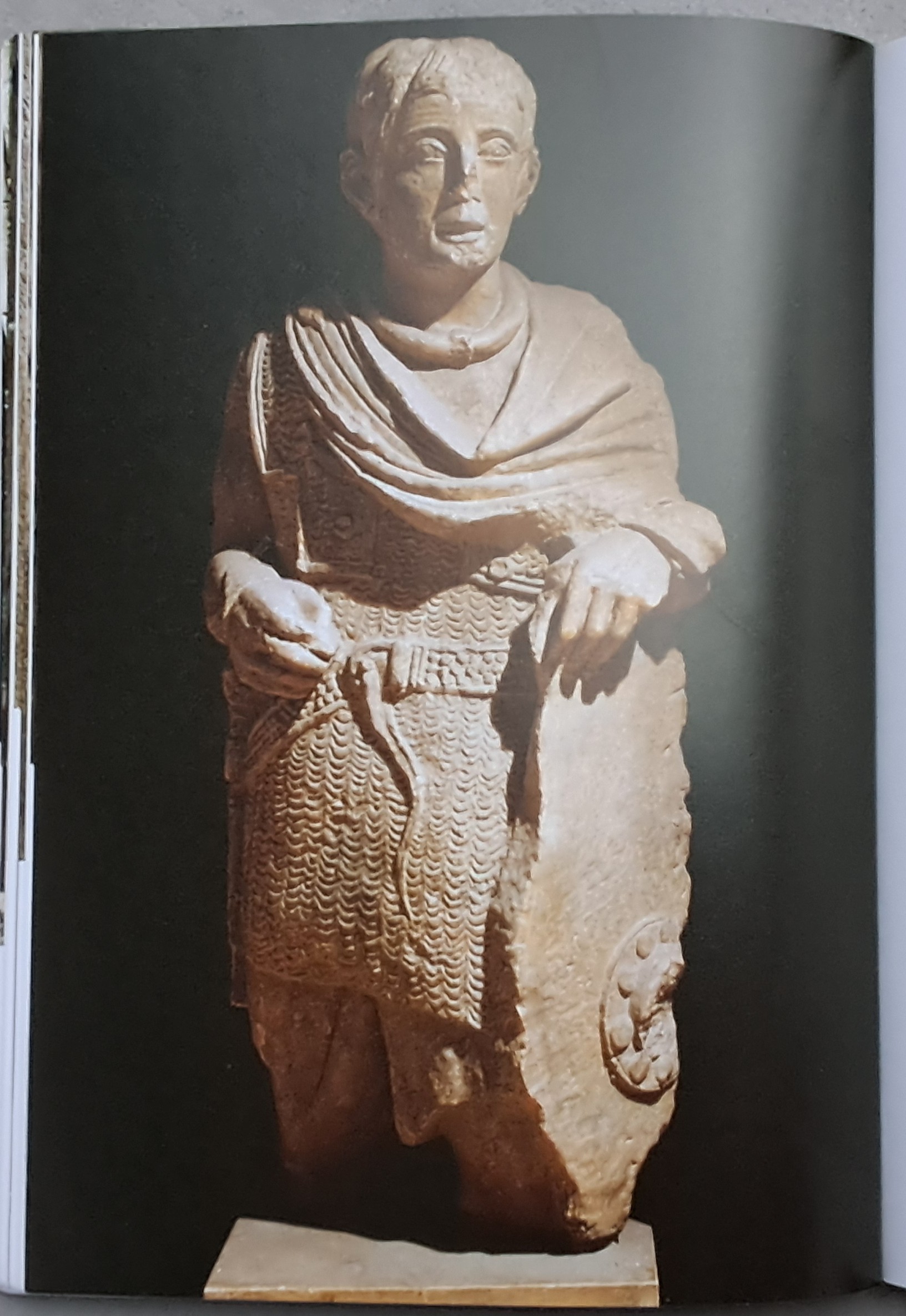
A tombstone showing the chainmail armor worn by some.
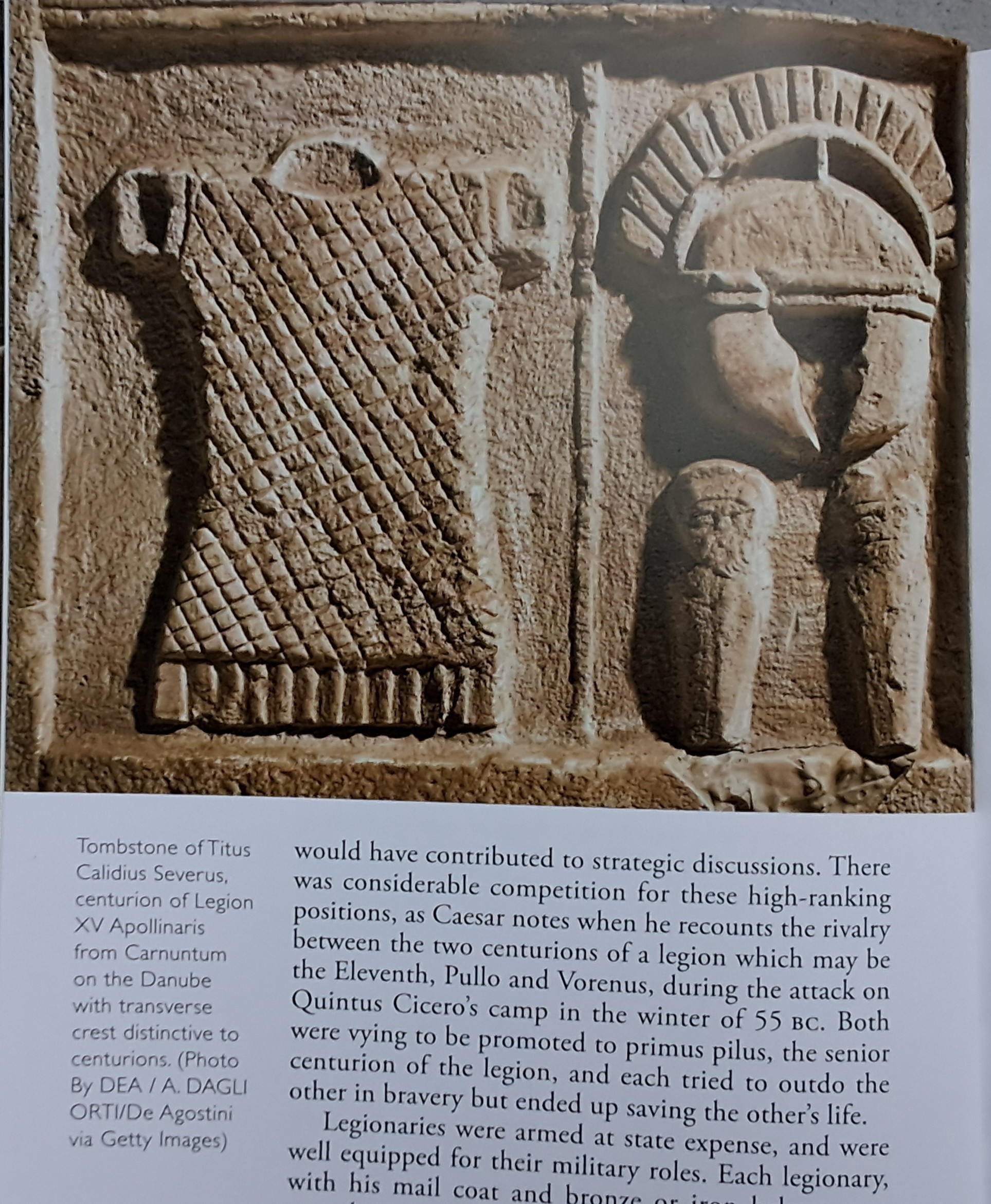
No, not Till Lindemann, a bust of Julius Caesar
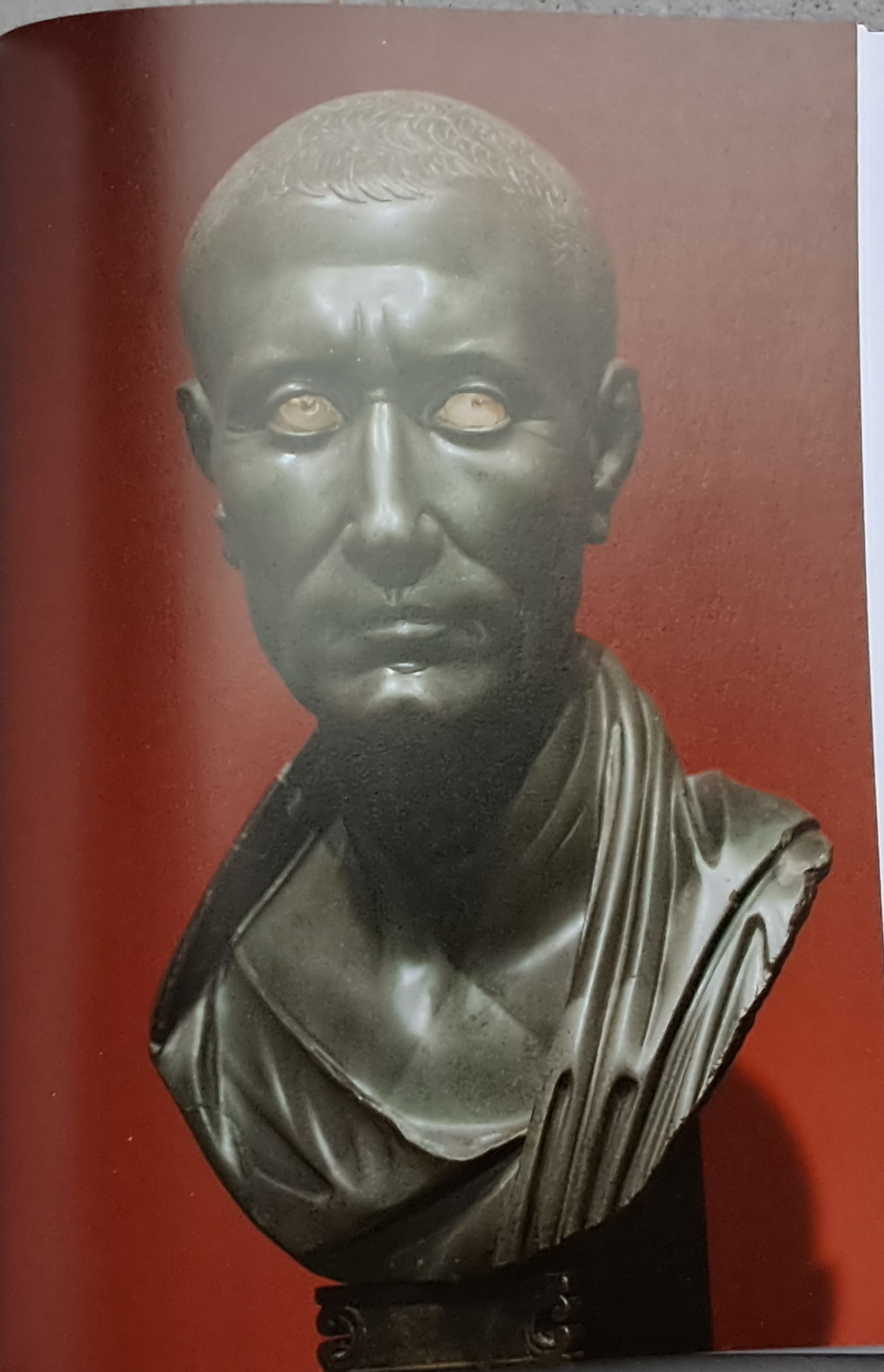
Roman tactics, training, and formations assisted in their various victories
